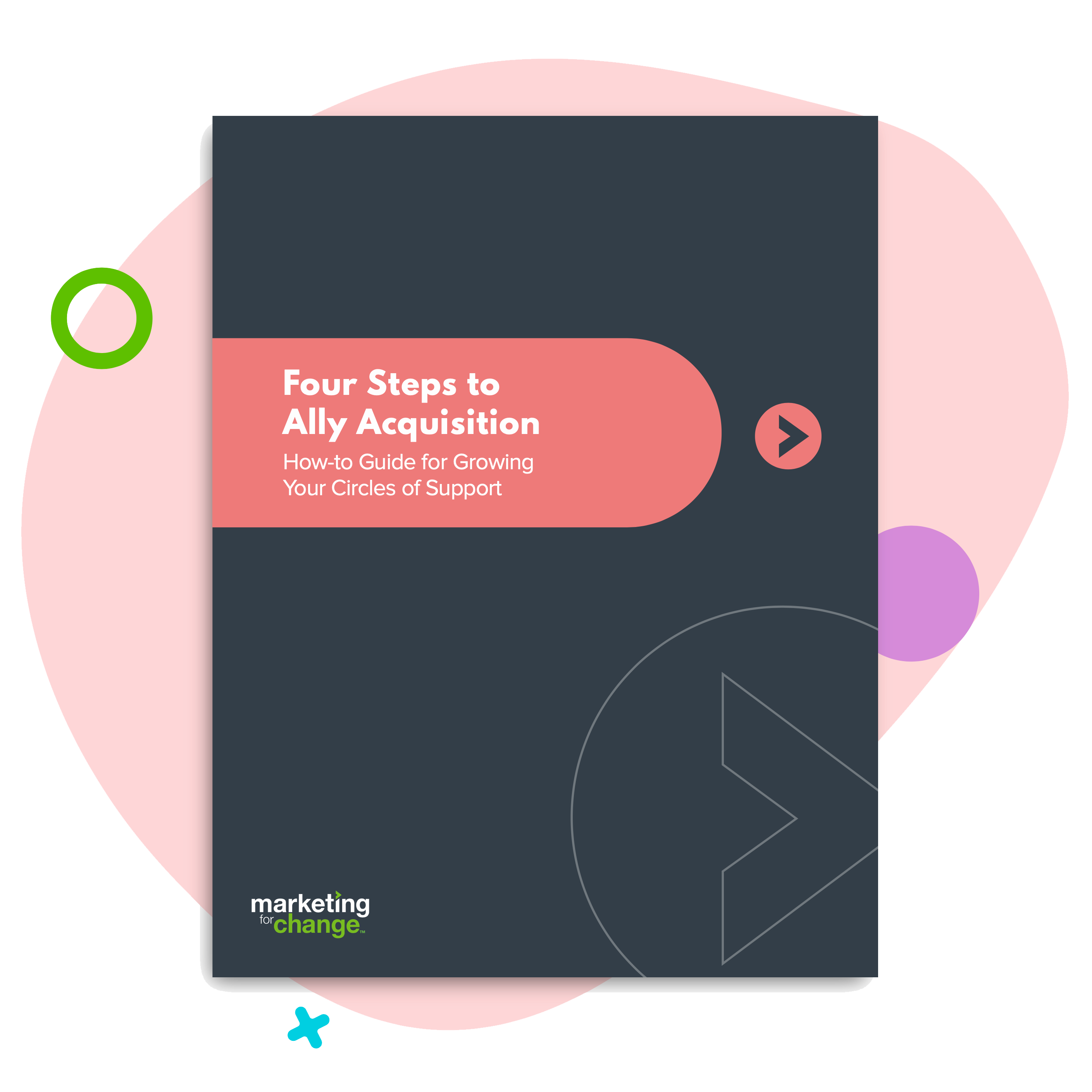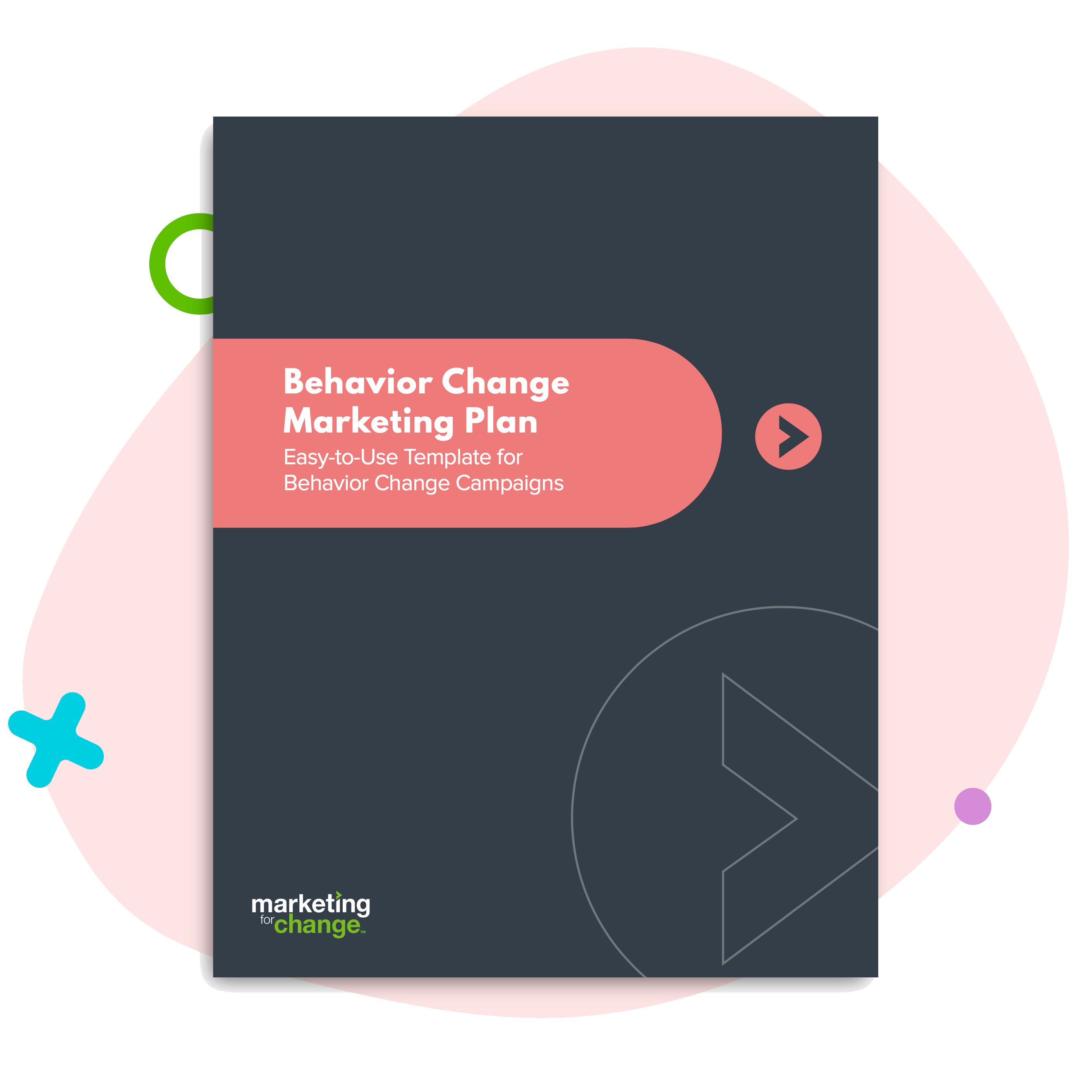
How to Design an Advocacy Strategy
First recognize this simple truth: The best argument doesn’t always win.
A good argument, after all, is just that – an argument. It can be ignored, overshadowed or not truly heard. Look around you. What wins people over is not logic or wording; it’s connection. Great advocacy efforts connect with the people they want to influence. So don’t see issue advocacy in terms of what people need to know. Dig deeper into the undercurrents of expectations, efficacy, perceived norms and cultural identity – those are the real drivers of change.
Just for a second, put aside your bullet points. Focus not on what people know, but on the factors that determine how people listen and react. Focus on the determinants of behavior. Yes, you have crafted a logical case for your position. But guess what: No one is listening.
You don’t need help winning the argument. You need help designing an offer worth noticing. You need help creating curiosity and conversations, not just messages and nodding heads. You need help delivering value to the audience, not just credible spokespeople.
You see advocacy isn’t just about communication. It’s about marketing.
Take, for example, the power of social norms – a social science concept that pervades marketing but rarely is applied to advocacy. Players in any political process are always looking ahead, gauging when and where public opinion will solidify, and when and how the flood of blame or thanks will flow. Part of our challenge is to influence not just what people want to happen (the logical case for change), but what they expect to happen (that change is truly possible and even likely). Expectations frame every debate.
In the end, the real change advocates seek is always demonstrated by how people act, not by what they claim to believe. So that means thinking in terms of creating an atmosphere – an experience – for the people you need to change. Arguments tend to rage on; change must be engineered.
So here’s how you design an advocacy campaign: Treat it like a marketing campaign. Help your target instead of preaching to them. Offer them something instead of arguing with them. Engineer the experience for every potential supporter.
Make your position more fun, easy and popular than the other side.

Peter is the founder & chief insights officer of Marketing for Change.






